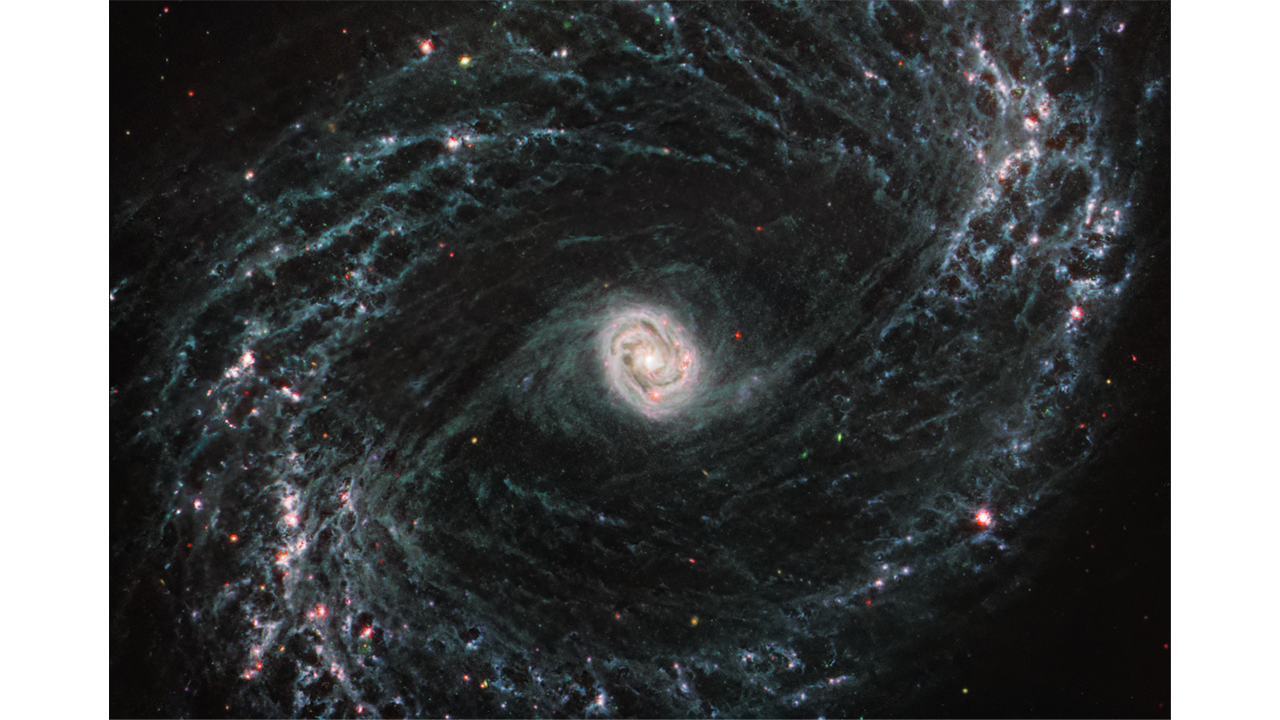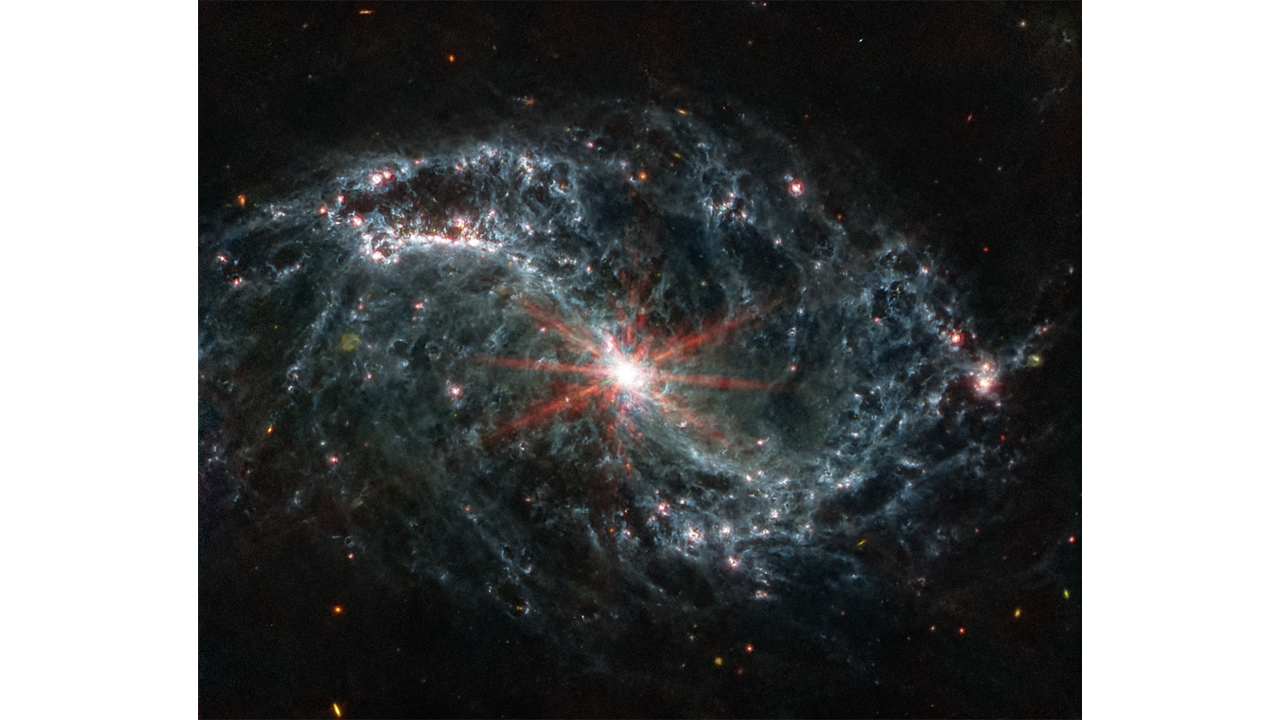Nasa’s James Webb Space Telescope gives unprecedented look at the beginnings of stars in new image

Nasa’s James Webb Space Telescope has given astronomers an unprecedented look at the beginnings of stars and galaxies.
New images show the intricate structure of vast, nearby galaxies. As well as being yet another spectacular image from the space telescope, it could help scientists understand how new stars form and how they affect the galaxies they are born into.
The new images are the first look at those processes in nearby galaxies at infrared wavelengths in this kind of detail.

Scientists have already used the new data for 21 research papers that shed light on our universe’s processes from the very small to the very large, covering everything from the beginnings of stars to sweeping galaxies.
The work is being conducted by the Physics at High Angular resolution in Nearby Galaxies (PHANGS) collaboration, which includes over 100 researchers from across the world. They are using Webb as part of a huge survey of 19 nearby galaxies.
So far, astronomers have been able to observe five of those targets: galaxies known as M74, NGC 7496, IC 5332, NGC 1365, and NGC 1433.
“The clarity with which we are seeing the fine structure certainly caught us by surprise,” said team member David Thilker of Johns Hopkins University in Baltimore, Maryland.
“We are directly seeing how the energy from the formation of young stars affects the gas around them, and it’s just remarkable,” said team member Erik Rosolowsky of the University of Alberta, Canada.
The fine detail of the James Webb Space Telescope means that areas that were previously dark have now been lit up, and scientists can study regions that were once invisible. Researchers are now able to look at how dust between stars has absorbed light and sent it back out in infrared, which lights up the networks of swirling gas and dust.

“Thanks to the telescope’s resolution, for the first time we can conduct a complete census of star formation, and take inventories of the interstellar medium bubble structures in nearby galaxies beyond the Local Group,” said Janice Lee, Gemini Observatory chief scientist at the National Science Foundation’s NOIRLab and affiliate astronomer at the University of Arizona in Tucson, who is leading the work.
“That census will help us understand how star formation and its feedback imprint themselves on the interstellar medium, then give rise to the next generation of stars, or how it actually impedes the next generation of stars from being formed.”
Join our commenting forum
Join thought-provoking conversations, follow other Independent readers and see their replies
0Comments